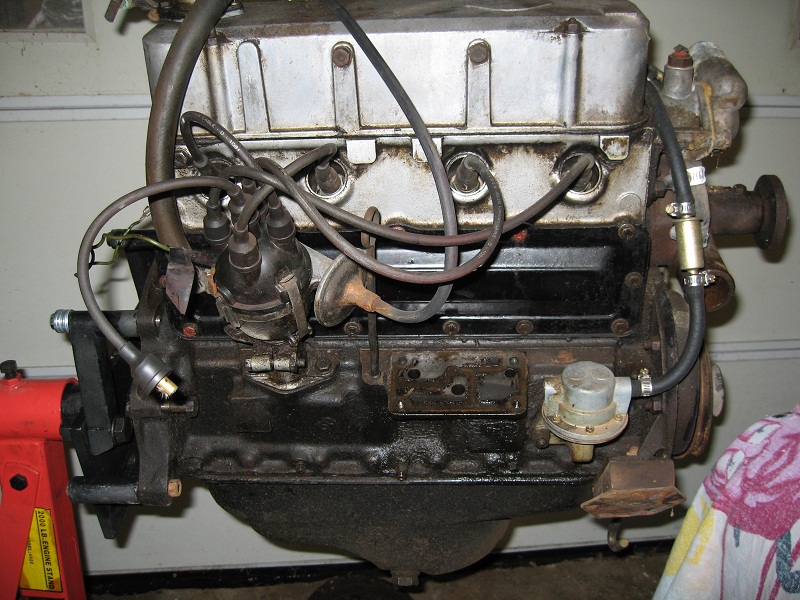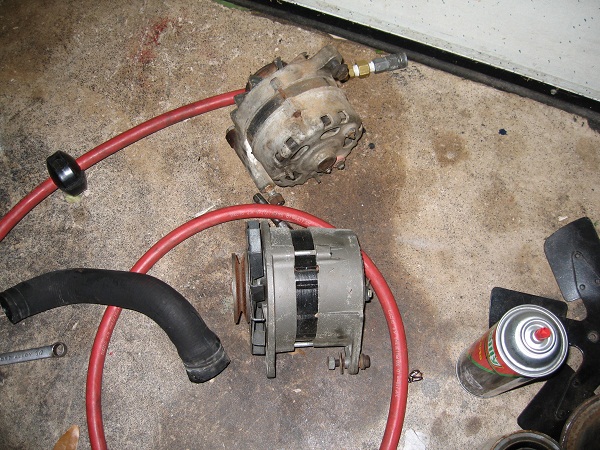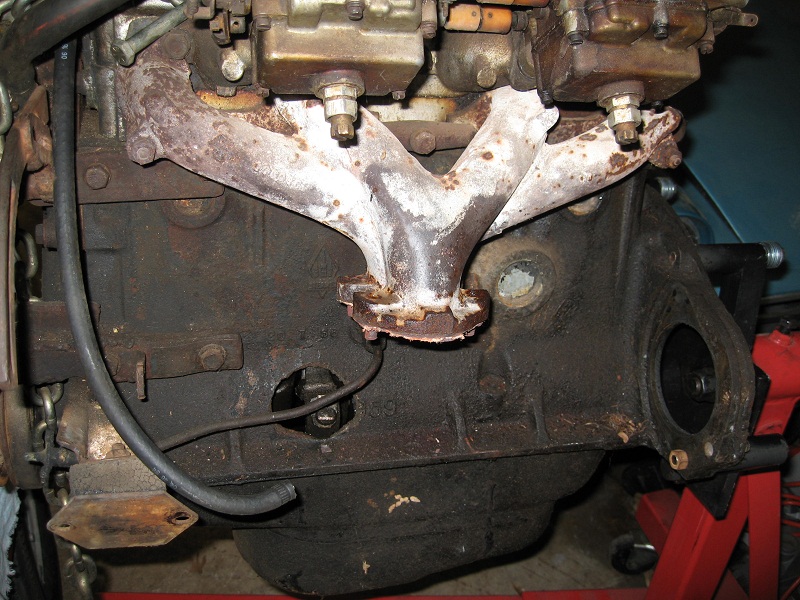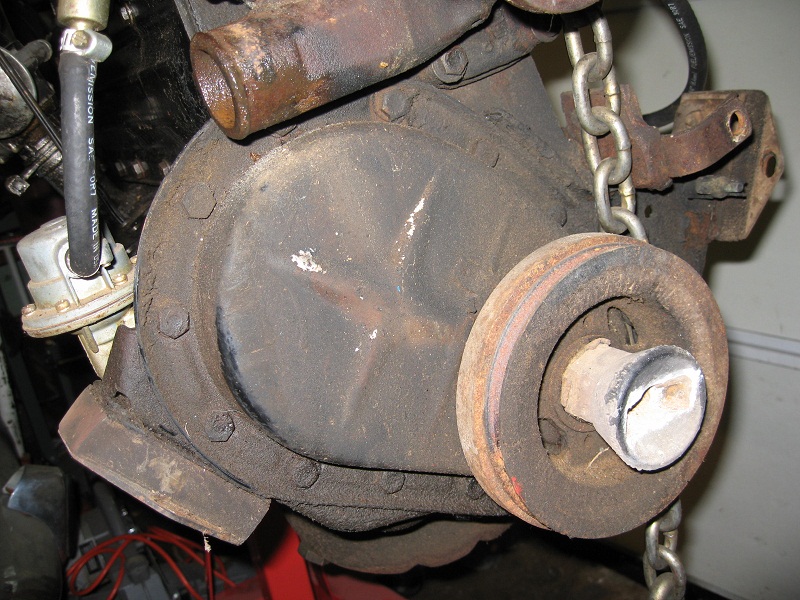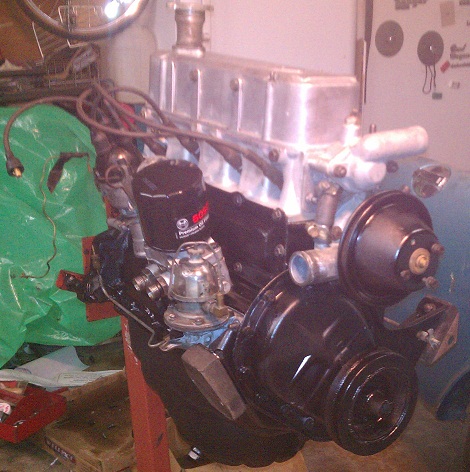There are no serial numbers below the distributor on my 1725 block, and the other side is stamped "FRANCE".
There is no build date on the cylinder head, only the part # 1980981.
I have a cylinder head from Alpine Addict that is 1980987, says h66 on it (1966?) and it is almost the same but has a few different features and a few less exhaust manifold bolt holes.
Is this an aftermarket block?
There is no build date on the cylinder head, only the part # 1980981.
I have a cylinder head from Alpine Addict that is 1980987, says h66 on it (1966?) and it is almost the same but has a few different features and a few less exhaust manifold bolt holes.
Is this an aftermarket block?





